The Must-Read Space Books of 2017
From Andy Weir's follow-up book to "The Martian" to the view from space courtesy of British astronaut (and wrong-number-dialer) Tim Peake, Space.com brings you the spaceflight, space science, photo, science fiction and kids' space books you should know about from 2017.
For more, check out our Best Space Books and Sci-Fi pages, including Best Astronomy and Astrophysics Books, Best Spaceflight and Space History Books, Best Space Photography Books, Best Science Fiction and Best Space Books for Kids.
Read on for this year's finest!
1. 'Soonish' (Penguin Press, 2017)
By Kelly and Zach Weinersmith
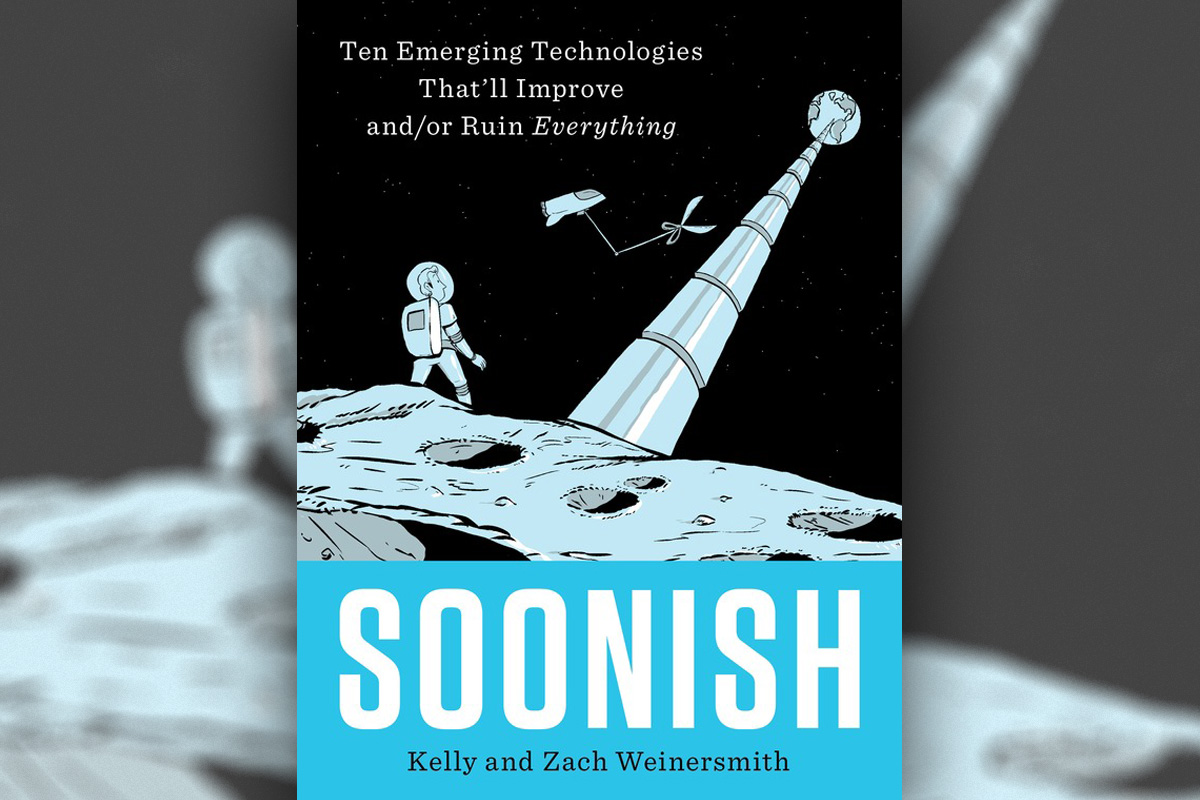
In "Soonish," cartoonist Zach Weinersmith and biologist/podcaster Kelly Weinersmith delve into the future of technology with a comedic — but factually rigorous — trip through 10 technologies that could improve and/or ruin everything. While only some of those technologies relate to space, the Weinersmiths nevertheless give an in-depth glimpse into the future of spaceflight, building up a reader's basic knowledge of the field and showing off the (sometimes bizarre) concepts that could let future spacefarers defy gravity, gather energy, power their machines and mine the solar system — all the while peppering the discussion with amusing comics and asides on some of the strangest spaceflight concepts. As Zach Weinersmith put it to Space.com: "I like to think we're honest brokers for nerdy people interested in future stuff." So pick this book up if you want an informative, entertaining and sometimes mindblowing guide to what the future might hold.
Read our interview with Zach Weinersmith on the future of spaceflight here.
Get the Space.com Newsletter
Breaking space news, the latest updates on rocket launches, skywatching events and more!
2. 'Planet Hunters' (Reaktion Books, 2017)
By Lucas Ellerbroek, translated by Andy Brown
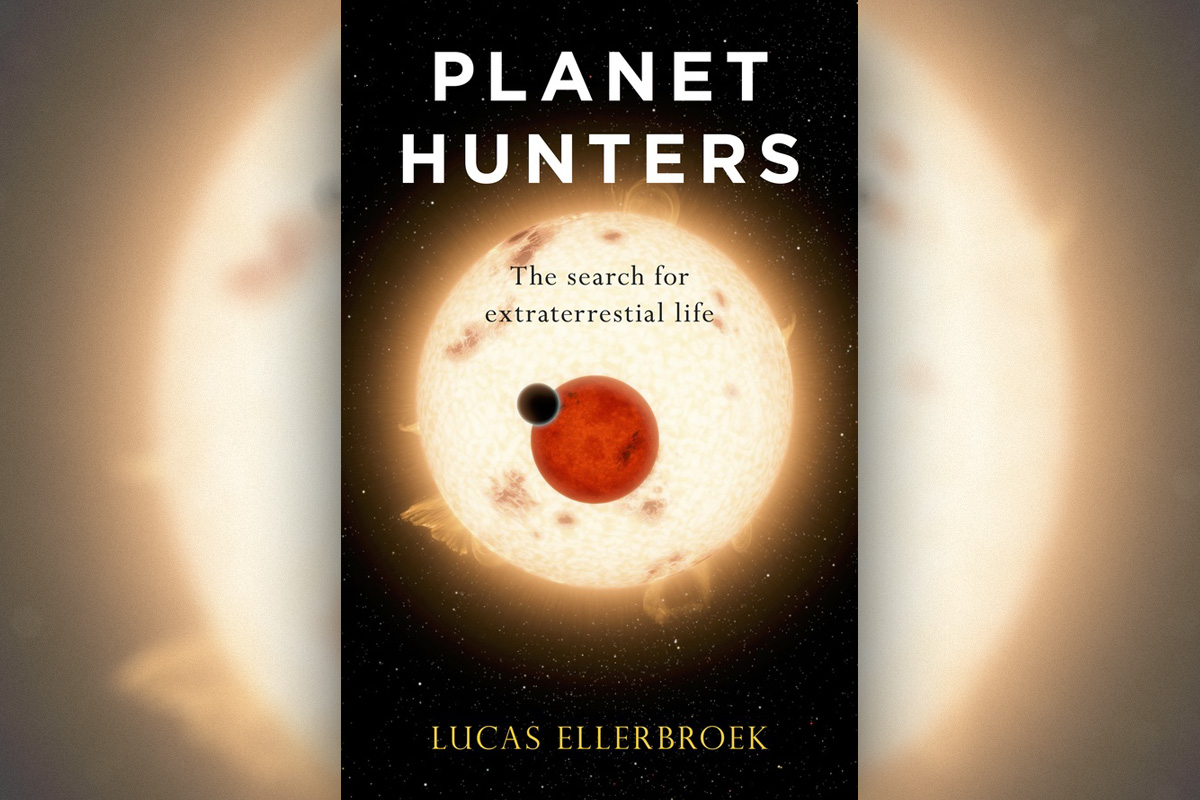
"Planet Hunters" takes readers through the history of the search for worlds around other suns — from heretical belief to science fiction flight of fancy to one of the fastest-growing fields of astronomical research. Author Lucas Ellerbroek highlights the passion of exoplanet researchers as they learn about the countless planets circling other stars.
"I really want to bring across the message that science is something not to be read purely in an encyclopedia, because encyclopedias change, and science is a dynamic enterprise done by humans," Ellerbroek says of the book.
Read an interview with the author here.
3. 'Amazing Stories of the Space Age' (Prometheus, 2017)
By Rod Pyle
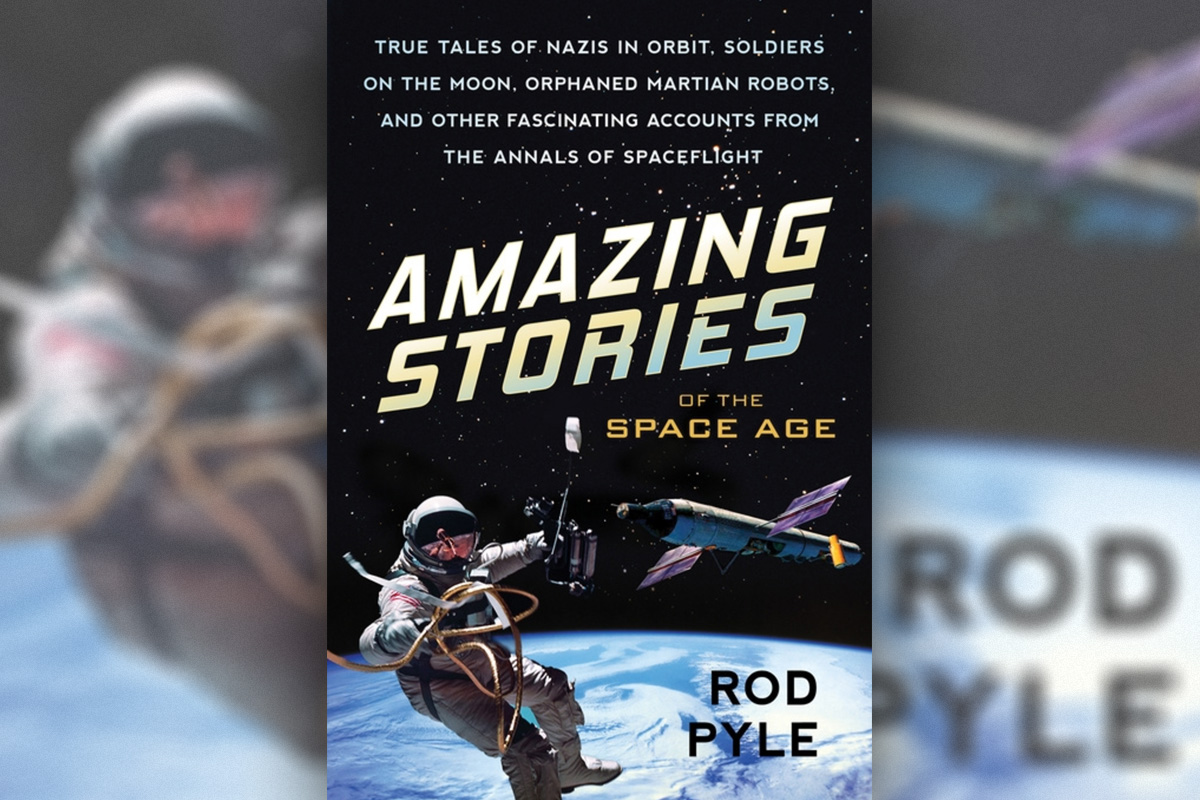
Spaceflight writer and historian Rod Pyle's new book brings together tales of the most incredible and at times bizarre space missions ever conceived. Some of the missions and proposals discussed in the book will likely be well-known to space history buffs, but others are more obscure: Pyle dug deep to find mission concepts buried by history. There are stories of Wernher von Braun's plans for sending humans to Mars, an idea backed by Freeman Dyson to create a nuclear-powered rocket (with the unfortunate side effect of increasing cancer rates among people living near the launch site), and a briefly considered proposal to build a military base on the moon in anticipation of the U.S. engaging in lunar battles with the Soviets. These stories provide a good perspective on just how many space missions ultimately fail for every one that succeeds.
You can read an interview with author Rod Pyle here, and an excerpt from "Amazing Stories of the Space Age" here.
4. 'Chasing Space: An Astronaut's Story of Grit, Grace, and Second Chances' (Amistad, 2017)
By Leland Melvin
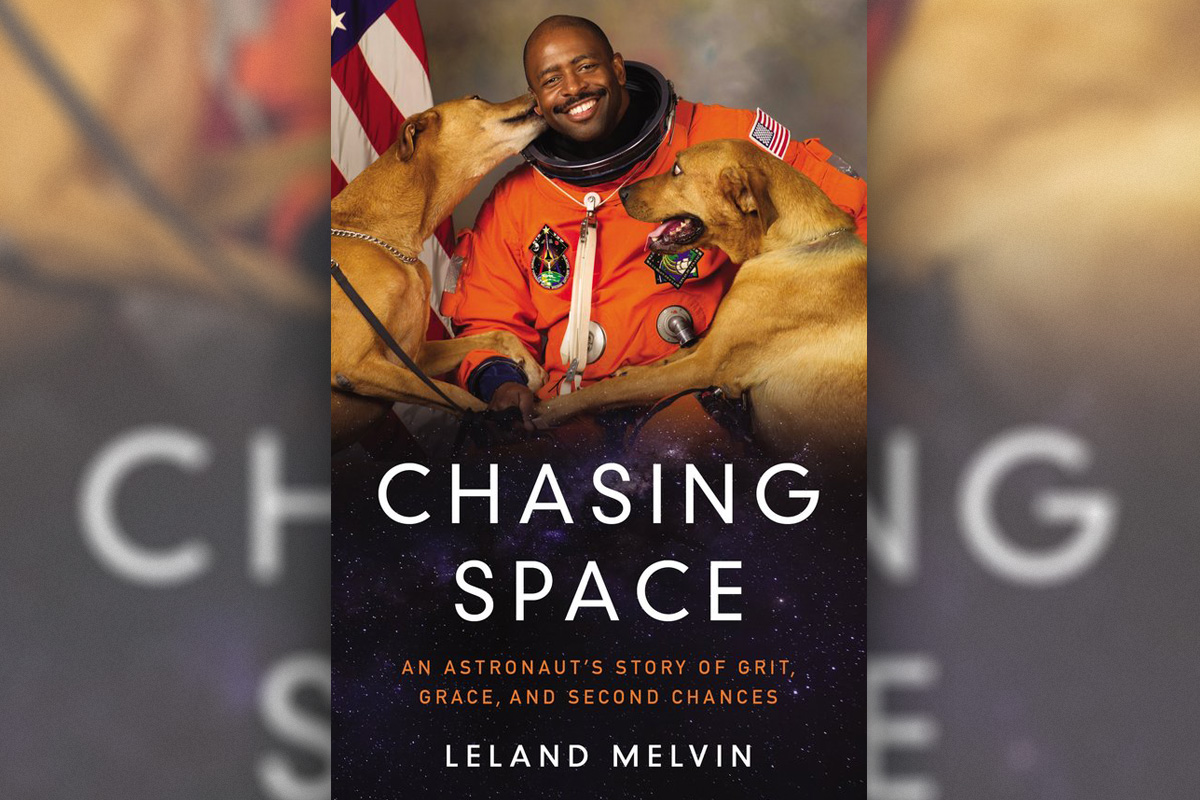
This astronaut's memoir tells a truly inspiring story of how one unsuspecting football player from a small town in rural Virginia wound up flying in the Space Shuttle Atlantis on missions to the International Space Station. Leland Melvin started his career playing professional football in the NFL, but when an injury prevented him from playing, he went to school to become an engineer. It wasn't until a recruiter from NASA grabbed his arm at a career fair that Melvin realized he could be an astronaut. He has since retired from the astronaut corps and now he dedicates his time to helping young women and minorities get involved in STEAM (science, technology, engineering, art and math) so they can realize and live up to their full potential.
There is also a young readers' edition of Melvin's book, adapted to be a shorter and easier read than the adult book. It includes 16 pages of color photographs and three do-it-yourself experiments for kids to learn how to build small rockets and study the chemistry of candy.
Space.com spoke with Leland Melvin about his incredible life story and work to make STEAM more diverse and inclusive here.
5. 'Making Contact' (Pegasus Books, 2017)
By Sarah Scoles
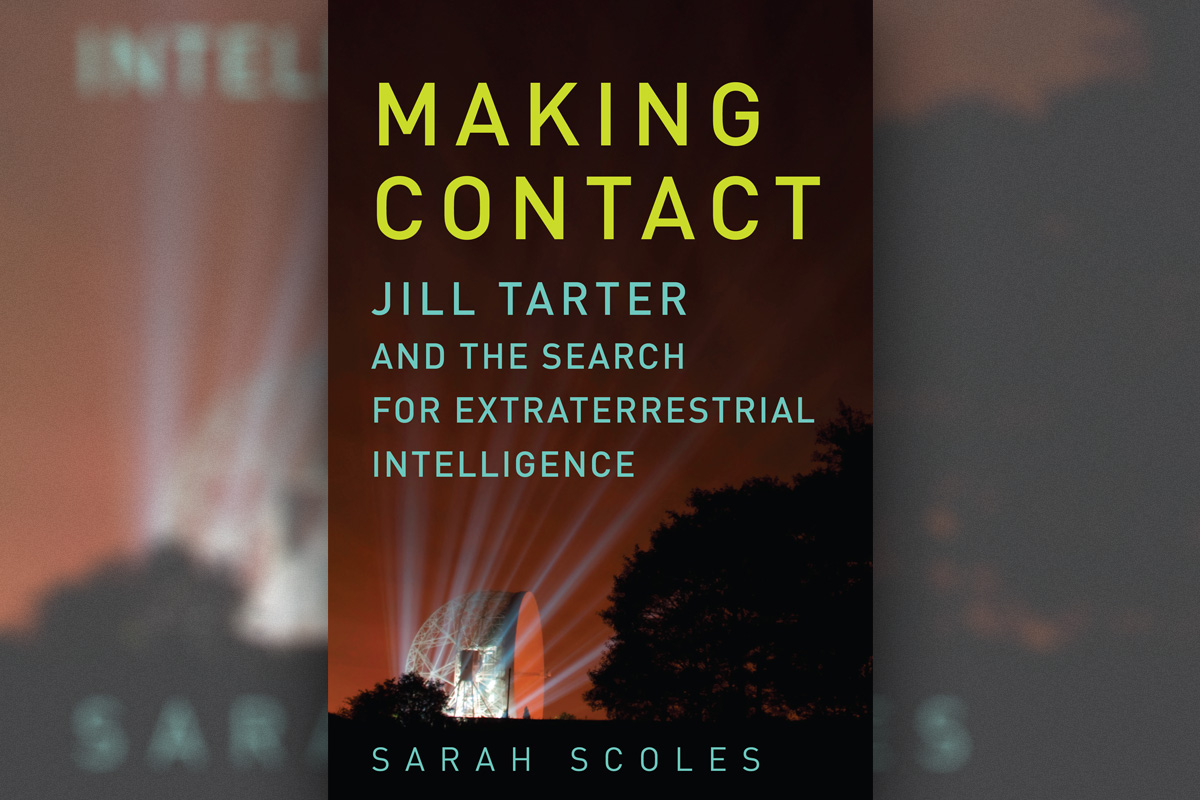
Fifty years ago, only a handful of scientists were hunting for signals from other civilizations as part of the Search for Extraterrestrial Intelligence (SETI). In "Making Contact," science writer Sarah Scoles explores the biography of one of the most influential SETI scientists, Jill Tarter. Scoles follows a mostly linear path through Tarter’s life, occasionally breaking into the present to bridge connections. While the biography traces the history of SETI, its primary focus is on Tarter: her childhood relationships with her parents that helped drive her, her education as the sole woman in her engineering class in the 1960s, and her struggle with scientists and bureaucrats who didn’t think hunting for alien signals was worth the time, money or resources. But Tarter continued to fight, helping to found a private agency that would survive government changes, hunting for private donors to look beyond this world and helping move the search for intelligent life from the fringes into mainstream science.
Read an interview with Scoles about the book and Tarter's life here.
6. 'Hello, Is This Planet Earth?' (Little, Brown and Co., 2017)
By Tim Peake
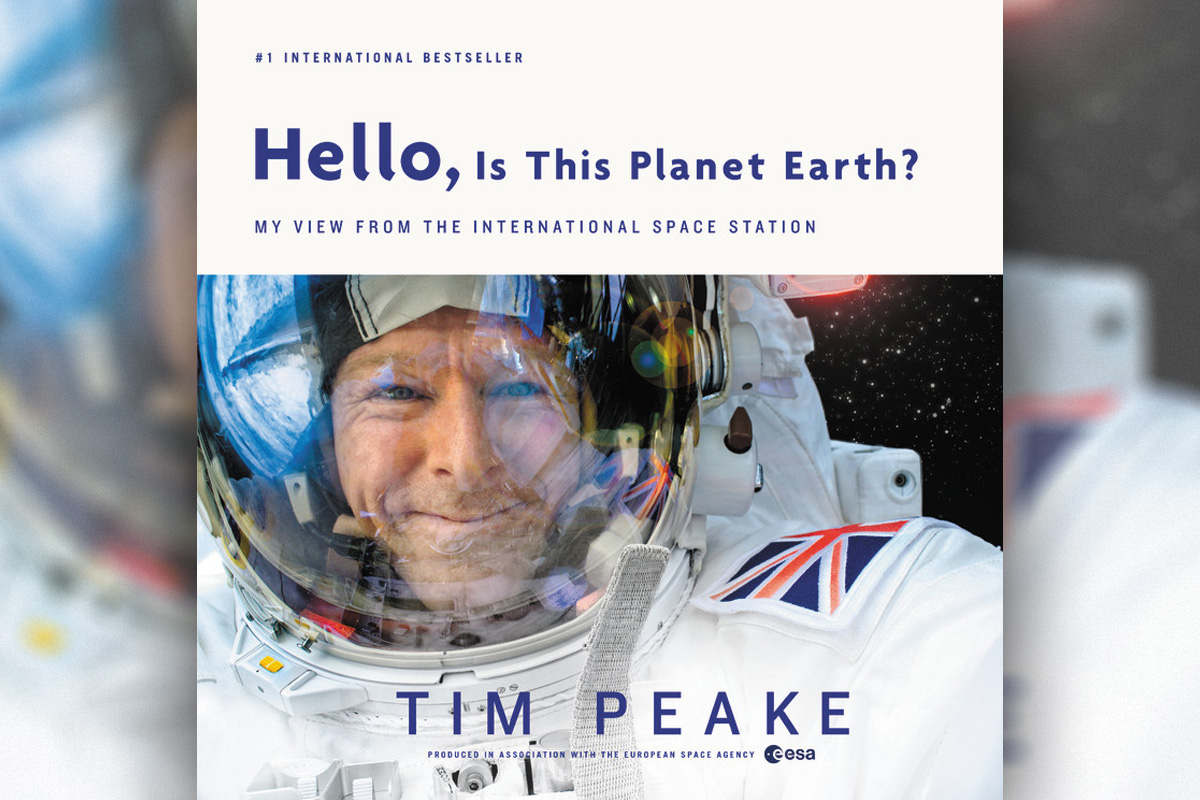
British astronaut Tim Peake's photo book takes its name from an unusual moment during his six months on the International Space Station — he tried to call his family on Christmas Eve in 2015, but dialed the wrong number instead, confusing the answerer with an unusual greeting: "Hello, is this Planet Earth?"
The book is filled with Peake's favorite photo selections of night and day, oceans and rivers, mountains and deserts, towns and cities, and the Earth overall, as well as the satellites, cargo craft and other gear that made appearances during his time on the space station. His images are interspersed with descriptions of how he captured the photos and anecdotes about his time in space.
Read more about the book here, and see a gallery of some of the book's images here.
Peake also wrote about his time in space in the memoir "Ask an Astronaut," released this year as well; read an excerpt about his first spacewalk here and an interview with Peake here.
7. 'Artemis' (Crown, 2017)
By Andy Weir
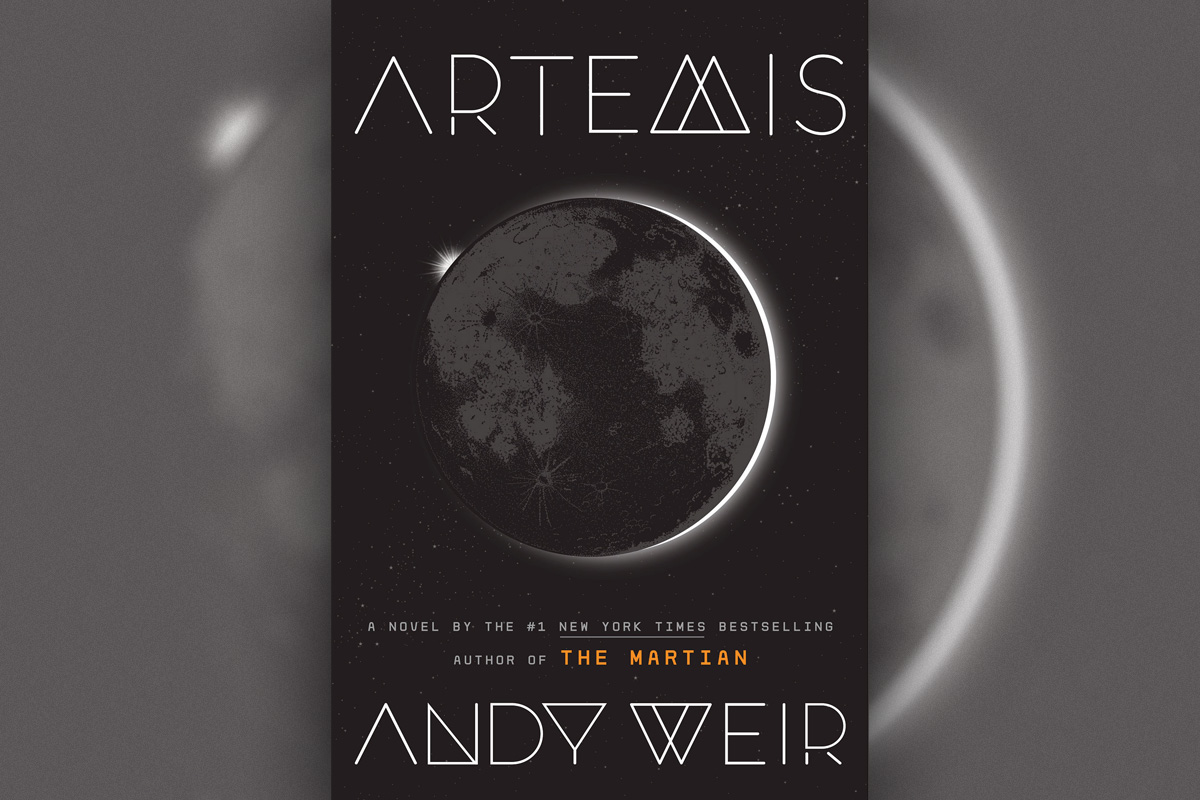
In "The Martian" (Crown, 2014) first-time author Andy Weir gave voice to the sardonic, resourceful botanist Mark Watney as he struggled for survival stranded on Mars. In his second novel, "Artemis," he follows Jazz Bashara, a porter (and smuggler) on the moon who's drawn into a crime caper. Weir brings a similar meticulous detail to his descriptions of the moon as the ultimate tourist destination as he did to Watney's misadventures on Mars, but his characterization of Jazz doesn't play to his writing strengths like Watney's log entries did. Still, "Artemis" is an entertaining romp through a really intriguing future moon base, with plenty of one-sixth-gravity action and memorable twists. It's well worth the read. Plus, there's an audiobook version read by Rosario Dawson.
Space.com talked with Weir about constructing a realistic moon base here.
8. 'Persepolis Rising' (Orbit, 2017)
By James S. A. Corey
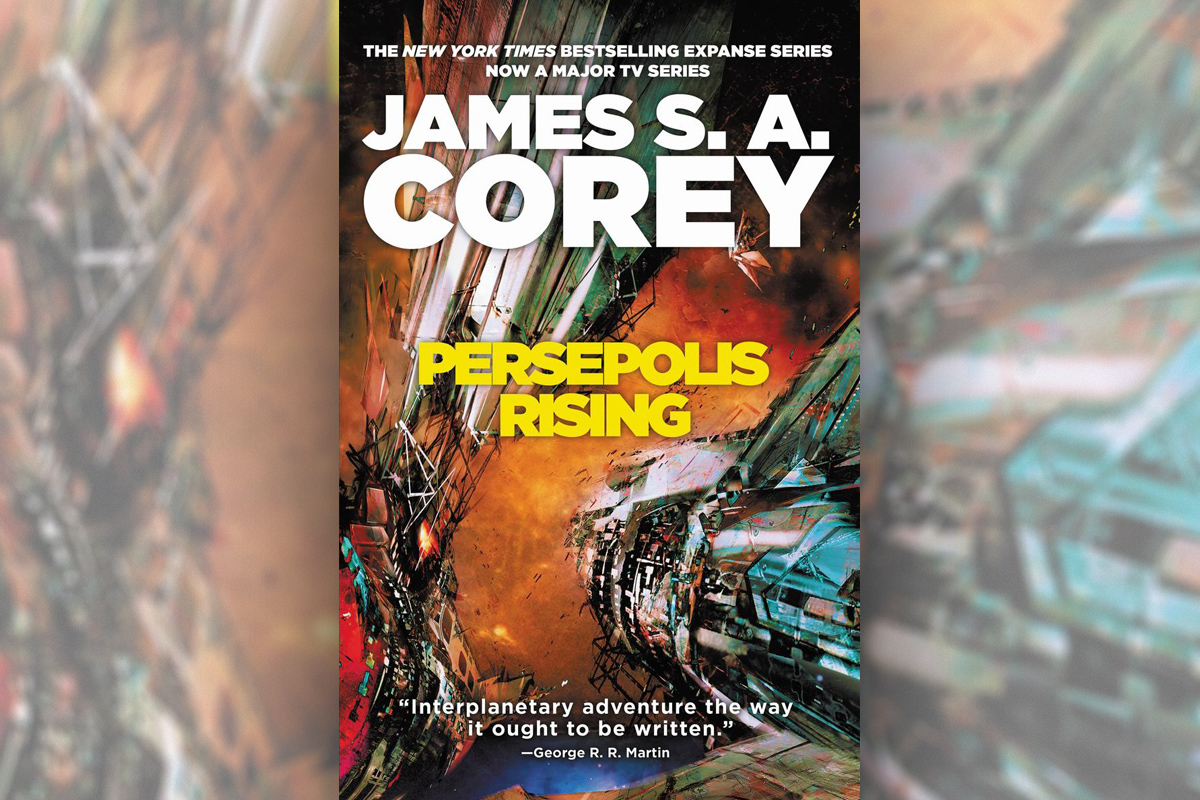
The "Expanse" series follows James Holden and the crew of his ship, the Rocinante, who seem to be in the middle of every key moment as Earth, Mars and the Asteroid Belt struggle for control and recognition. "Persepolis Rising," the latest installment in James S.A. Corey's "Expanse" series, is the beginning of the end for James Holden's crew, setting a course for the final books of the series.
Readers following Holden's adventures thus far need no reminder to get this book — although maybe a reminder that it's available, as the book's authors keep up their feverish pace of about one book per year. Readers looking for a new science fiction series to binge-read, or those waiting on Season 3 of the Syfy Channel show based on the series, should check out the first novel, "Leviathan Wakes."
Read Space.com's review here.
Buy Persepolis Rising on Amazon.com
9. 'A Hundred Billion Trillion Stars (Greenwillow Books, 2017)
By Seth Fishman, Illustrated by Isabel Greenberg
Age range: 4-8
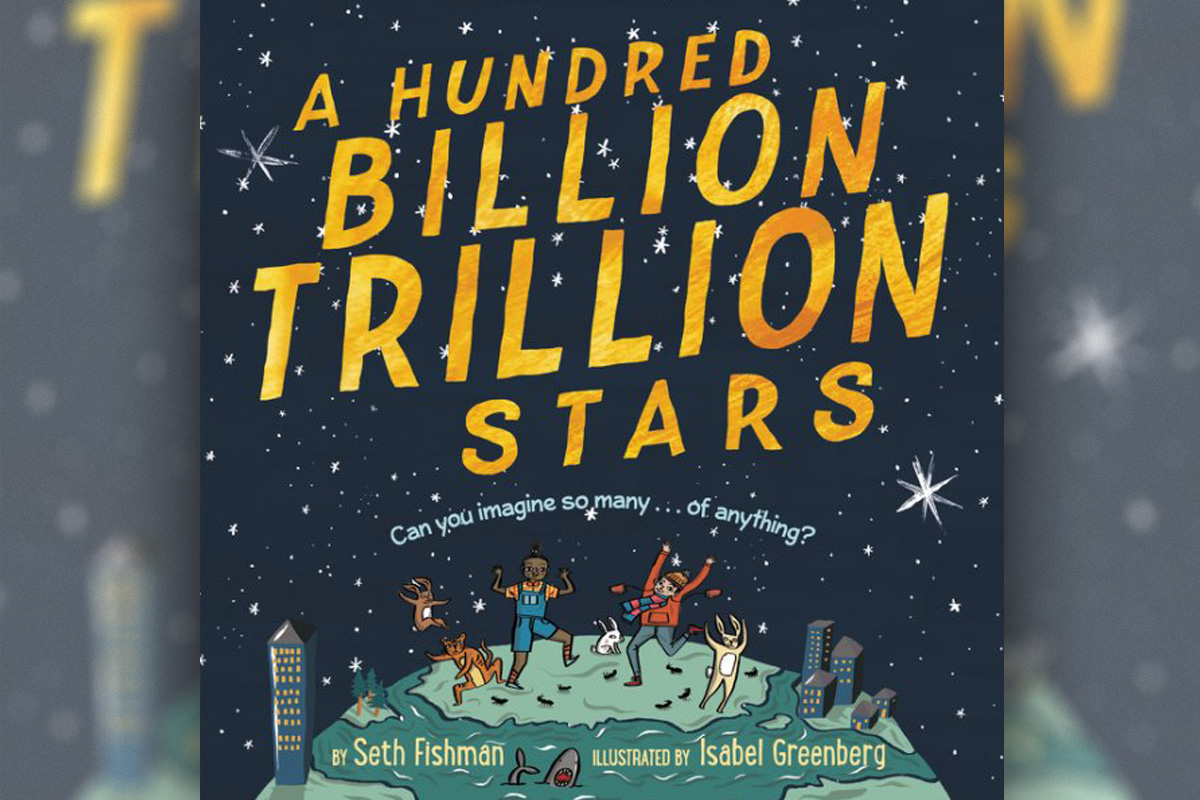
In "A Hundred Billion Trillion Stars," Seth Fishman Tackles the numbers that permeate everything around us. Not just any numbers, mind you, but enormous numbers. Gigantic, mind-bogglingly tremendous whoppers of numbers. Numbers that the human mind can scarcely comprehend.
Accompanied by delightful illustrations by Isabel Greenberg, Fishman makes infinitesimal figures like the number of seconds in a year (31,536,000), the distance between the Earth and the moon (240,000 miles), and how many people go shoulder-to-shoulder every day on our big blue marble (7,500,000,000) relatable to the four-to-eight age group.
"A child isn't necessarily going to get the number of raindrops in a thunderstorm (1,620, 000,000,000,000)," Fishman said, "but maybe it'll help them connect with what the word 'trillion' means because they know what a thunderstorm looks like." He also throws in fun facts that pint-size readers will take delight in. Who knew that a great white shark has about 300 teeth? Or that we might eat up to 70 pounds of bugs in our lifetime? Fishman's numbers will thrill, amaze, and elucidate.
Read an interview with the author here.
10. 'Margaret and the Moon' (Knopf Books for Young Readers, 2017)
By Dean Robbins, Illustrated by Lucy Knisley
Age range: 4-8
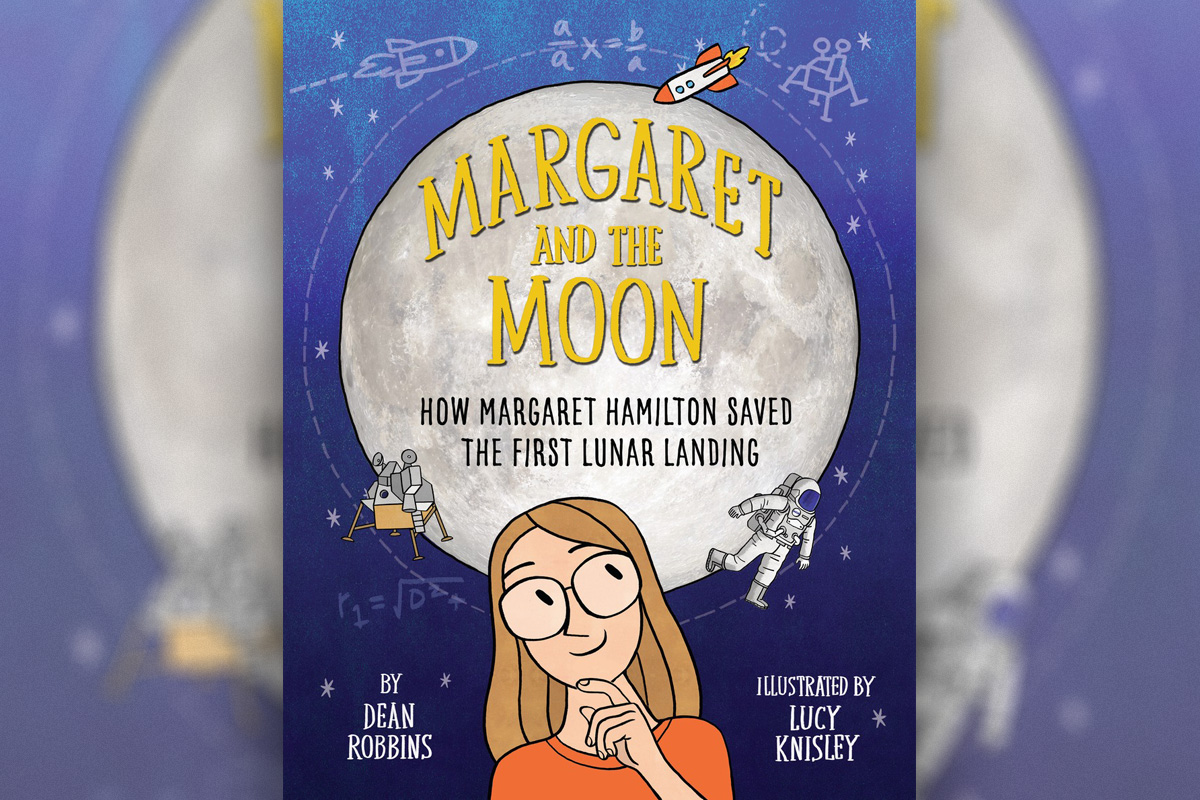
In "Margaret and the Moon: How Margaret Hamilton Saved the First Lunar Landing," Dean Robbins outlines the pioneering software engineer's life, from the backyard of her childhood home, where she posed a million questions about the night sky, to the hallways of NASA, where she led a team from MIT to develop the onboard flight software that would land the first men on the moon. When an accident threatened to abort the Apollo 11 moon landing, Hamilton swooped in to save the day with her smarts and preparation. At a time when women were expected to stay in the home and raise children, Hamilton’s role in the Apollo program was "revelatory," according to Robbins. He said he hopes his young readers will find a strong role model in Hamilton, who solved problems large and small with creativity and fearlessness. "In my wildest dreams, readers of 'Margaret and the Moon' will grow up to make the next great breakthroughs in whatever they choose to do," he said.
Read an interview with the book's author here.
This roundup includes reviews from Space.com writers and contributors Jasmin Malik Chua, Calla Cofield, Nola Taylor Redd and Hanneke Weitering.
Join our Space Forums to keep talking space on the latest missions, night sky and more! And if you have a news tip, correction or comment, let us know at: community@space.com.

Sarah Lewin started writing for Space.com in June of 2015 as a Staff Writer and became Associate Editor in 2019 . Her work has been featured by Scientific American, IEEE Spectrum, Quanta Magazine, Wired, The Scientist, Science Friday and WGBH's Inside NOVA. Sarah has an MA from NYU's Science, Health and Environmental Reporting Program and an AB in mathematics from Brown University. When not writing, reading or thinking about space, Sarah enjoys musical theatre and mathematical papercraft. She is currently Assistant News Editor at Scientific American. You can follow her on Twitter @SarahExplains.









